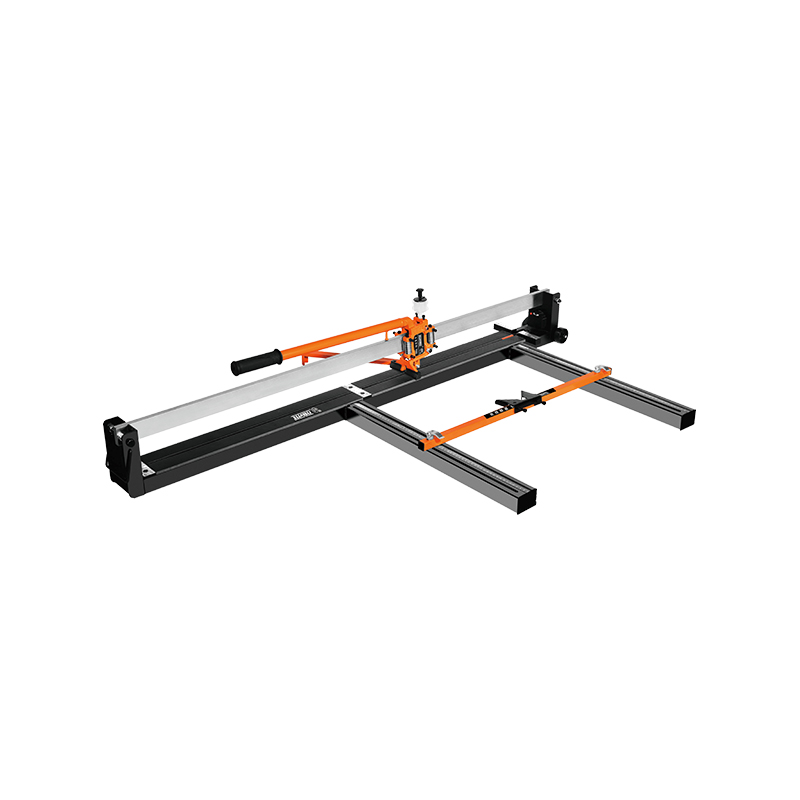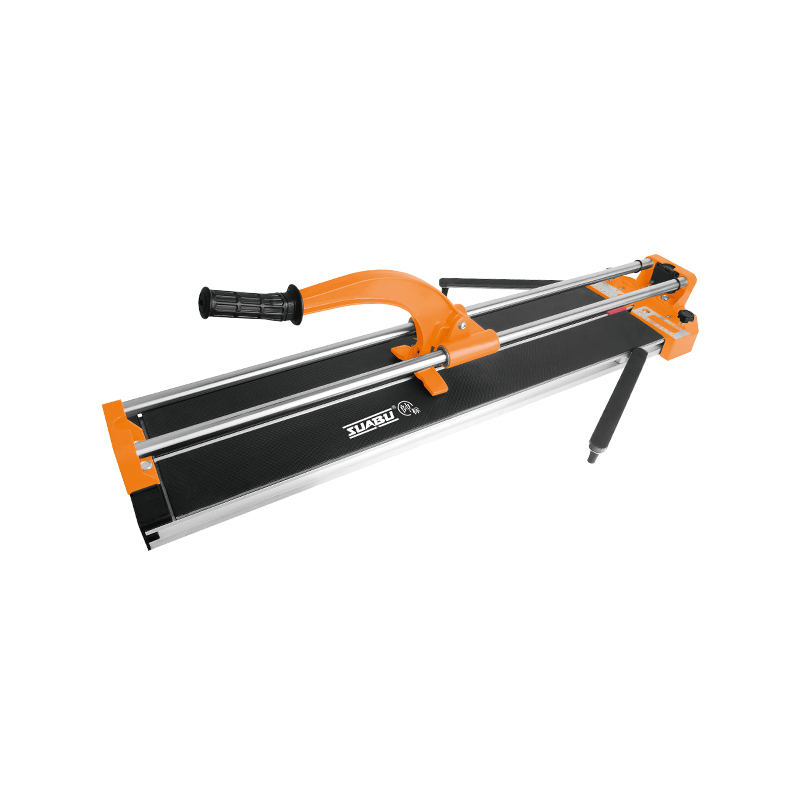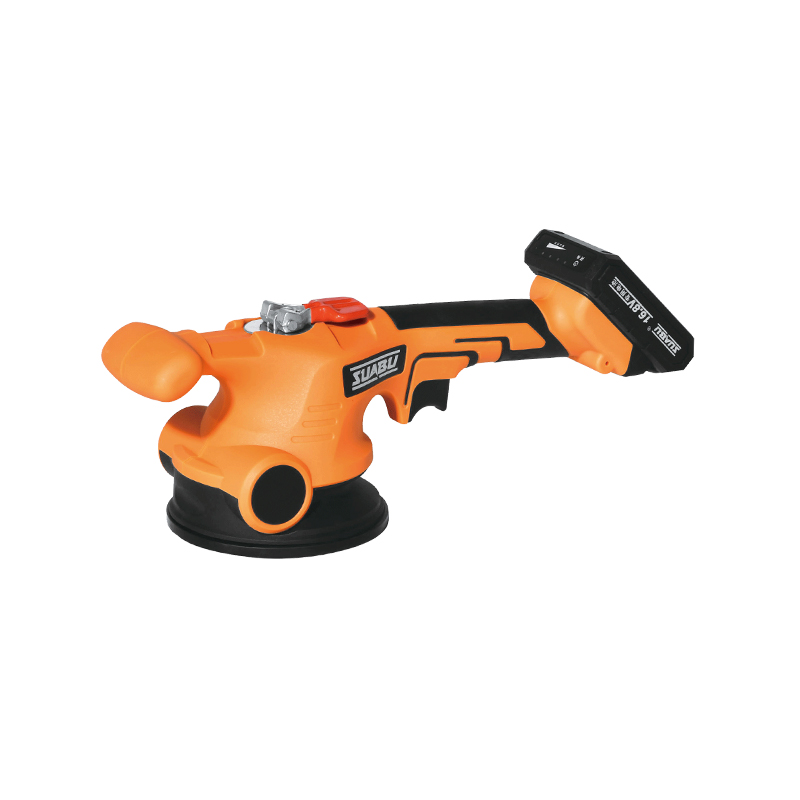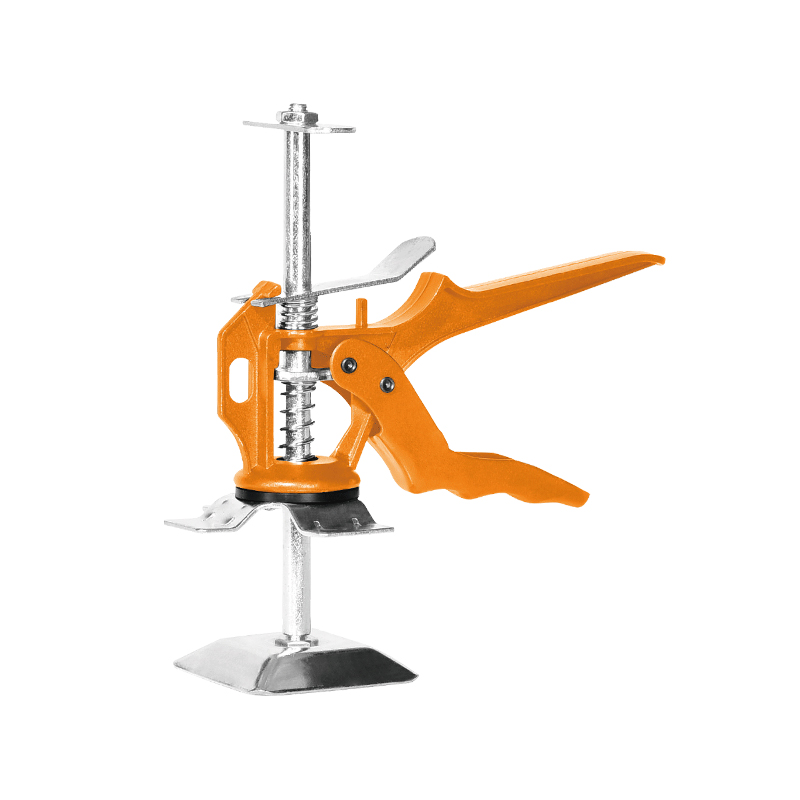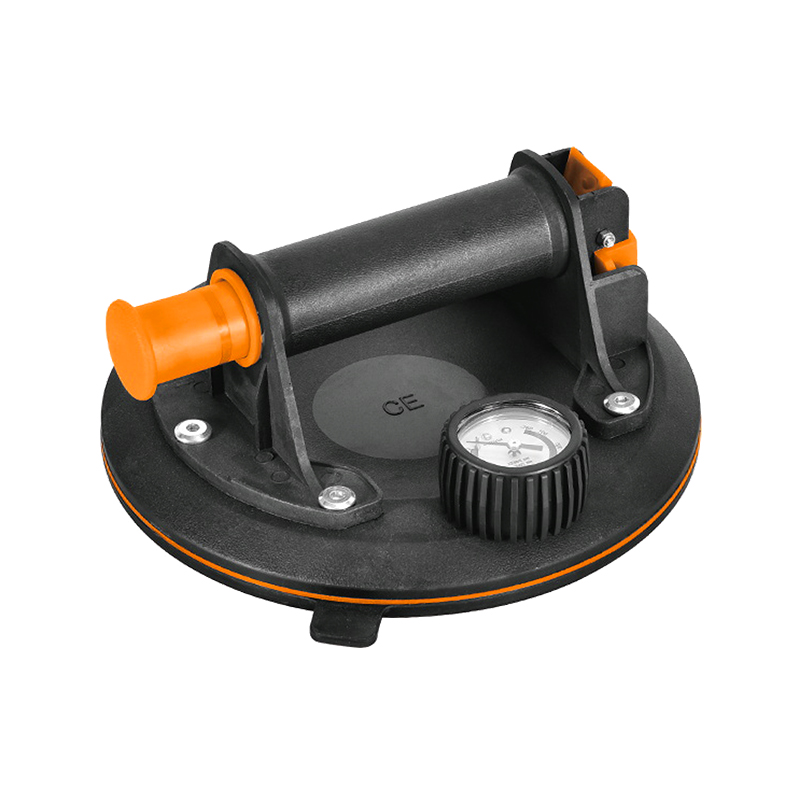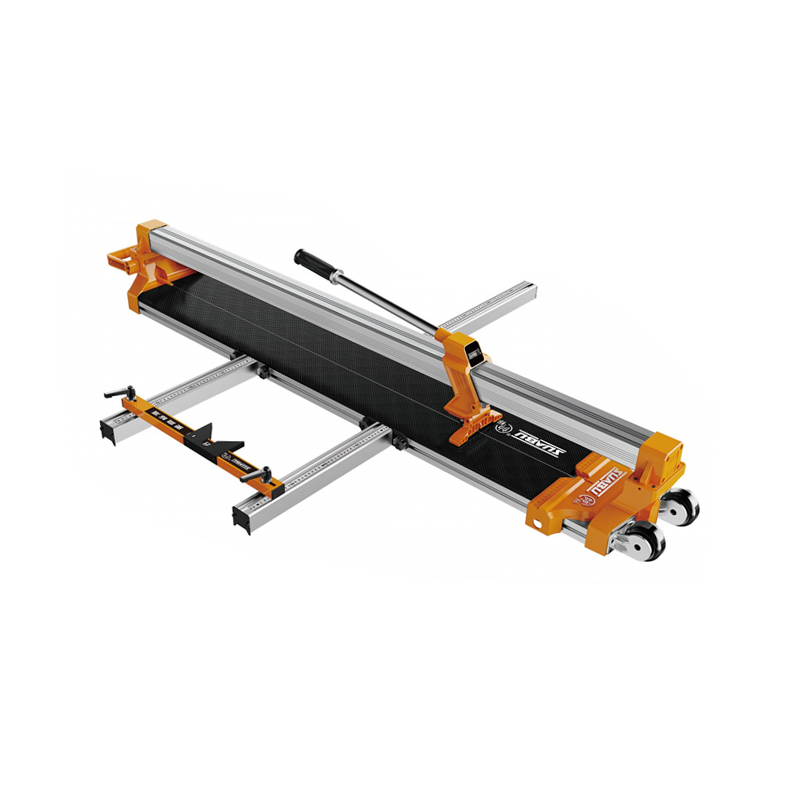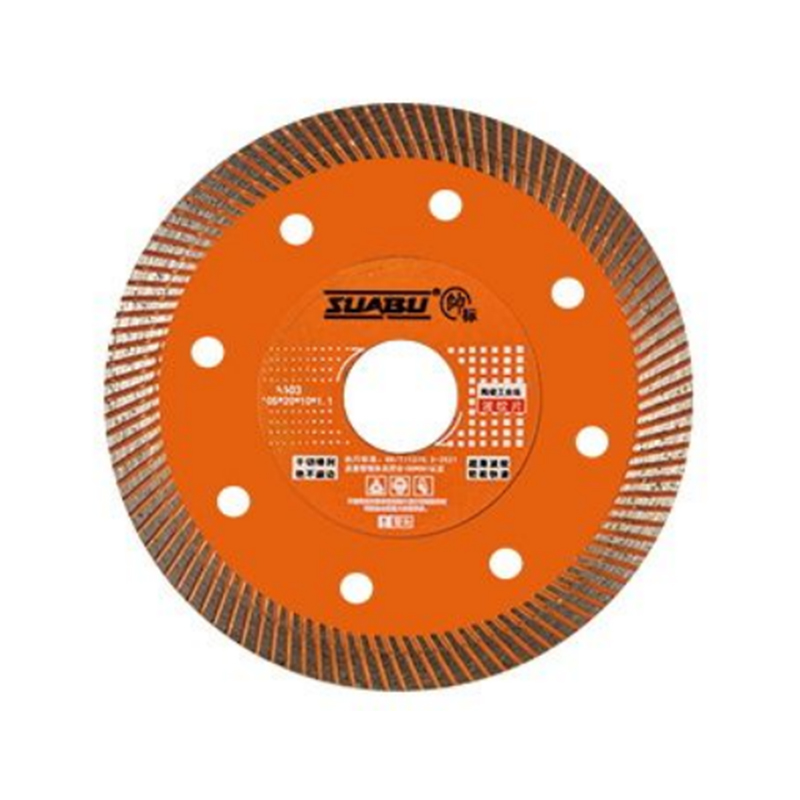Understanding Porcelain Tile Cutting Tools And Tile Suction Tools
2024-06-14
Porcelain tiles are a popular choice for flooring, walls, and other surfaces due to their durability, water resistance, and aesthetic appeal. However, working with porcelain tiles can be challenging due to their hardness and brittleness. This is where specialized tools come into play. In particular, porcelain tile cutting tools and tile suction tools are essential for ensuring precision and safety during the installation process.
Porcelain Tile Cutting Tools
Cutting porcelain tiles requires tools that can handle the material’s density and hardness. There are several types of cutting tools designed specifically for porcelain tiles, each suited for different kinds of cuts and applications.
1. Manual Tile Cutters
Manual tile cutters are widely used for straight cuts. These tools use a scoring wheel to scratch the surface of the tile, followed by a breaking mechanism to snap the tile along the scored line. They are easy to use, portable, and do not require electricity, making them a convenient option for many tiling projects. However, they may struggle with very thick tiles or intricate cuts.
2. Wet Saws
Wet saws are power tools equipped with a diamond blade that can cut through porcelain tiles with high precision. The blade is cooled by water to prevent overheating and reduce dust. Wet saws are particularly useful for making straight cuts, angle cuts, and intricate shapes. They are more expensive and require more setup than manual cutters but offer greater accuracy and the ability to handle tougher materials.
3. Tile Nippers
Tile nippers are hand tools used for making small cuts and adjustments. They are ideal for cutting small sections, curves, or irregular shapes that cannot be easily achieved with a manual cutter or wet saw. Tile nippers are useful for fitting tiles around obstacles or edges. They require some practice to use effectively without breaking the tiles.
4. Angle Grinders
Angle grinders with diamond blades can be used for both straight cuts and complex shapes. These tools are versatile and can be used for a variety of materials beyond porcelain. However, they produce a lot of dust and noise, and the cuts may not be as clean as those made with a wet saw.
Tile Suction Tools
Once tiles are cut to the desired shapes and sizes, handling and placing them accurately becomes the next challenge. Tile suction tools are essential for this part of the process, especially for larger tiles that are difficult to maneuver by hand.
1. Manual Suction Cups
Manual suction cups are simple devices with a handle and a suction pad. By pressing the suction pad against the tile and lifting the handle, a vacuum is created, allowing the user to lift and position the tile easily. They are particularly useful for placing large tiles or moving tiles without damaging their edges or surfaces. Manual suction cups come in various sizes and capacities, making them adaptable to different tile dimensions.
2. Electric Suction Cups
Electric suction cups provide enhanced lifting power and are often used for larger or heavier tiles. They use a motor to create a stronger vacuum, ensuring a secure grip on the tile. Electric suction cups often come with adjustable handles and controls to improve user comfort and control during the installation process.
3. Dual Suction Cup Lifters
Dual suction cup lifters feature two suction pads connected by a handle. This design provides greater stability and balance when lifting and placing tiles. They are particularly useful for larger tiles, as the dual pads distribute the weight more evenly, reducing the risk of tile breakage or slipping.
Using These Tools Together
Effective tile installation often requires the combined use of cutting and suction tools. Here’s how to integrate these tools into your workflow:
1. Planning and Measurement
Before making any cuts, measure the area where the tiles will be installed. Mark the tiles accordingly, considering any obstacles or irregularities in the space.
2. Cutting the Tiles
Use the appropriate cutting tool based on the type of cut needed. For straight cuts, a manual tile cutter or wet saw is ideal. For more intricate shapes, consider using tile nippers or an angle grinder.
3. Handling and Placement
Once the tiles are cut, use suction tools to lift and position them accurately. Manual suction cups are suitable for more tiles, but for larger or heavier tiles, electric or dual suction cups provide better control and safety.
4. Adjustments and Finishing
After placing the tiles, make any necessary adjustments using tile nippers or other fine-tuning tools. Ensure that the tiles are aligned properly and securely in place.
Safety Considerations
Working with porcelain tiles and the associated tools requires attention to safety. Here are some key safety tips:
- Wear Protective Gear: Always wear safety goggles, gloves, and a dust mask to protect against debris and dust.
- Use Tools Properly: Follow the manufacturer’s instructions for each tool to avoid accidents and ensure good performance.
- Secure Work Area: Ensure that the work area is stable and free of obstructions to prevent trips and falls.
Porcelain tile cutting tools and tile suction tools are indispensable for any tiling project. Understanding the functions and proper use of these tools can greatly enhance the efficiency and quality of your work. Whether you are a professional tiler or a DIY enthusiast, investing in the right tools will make the process of cutting, handling, and installing porcelain tiles much more manageable and precise.

